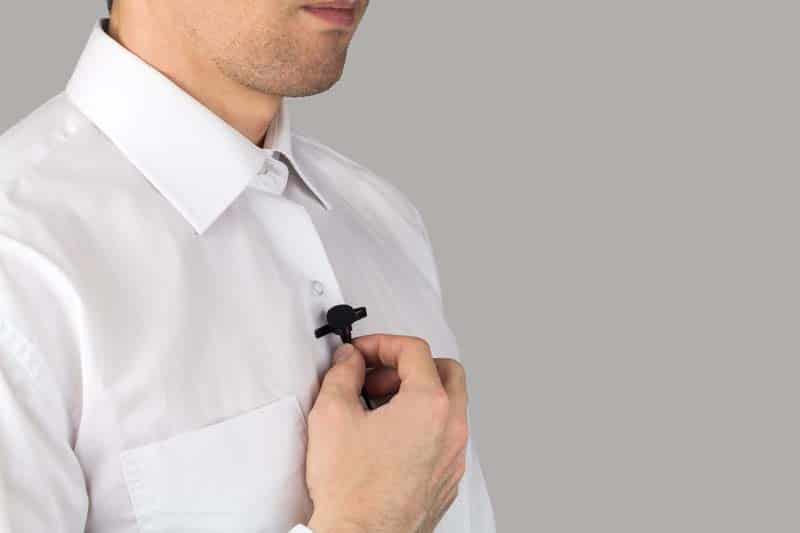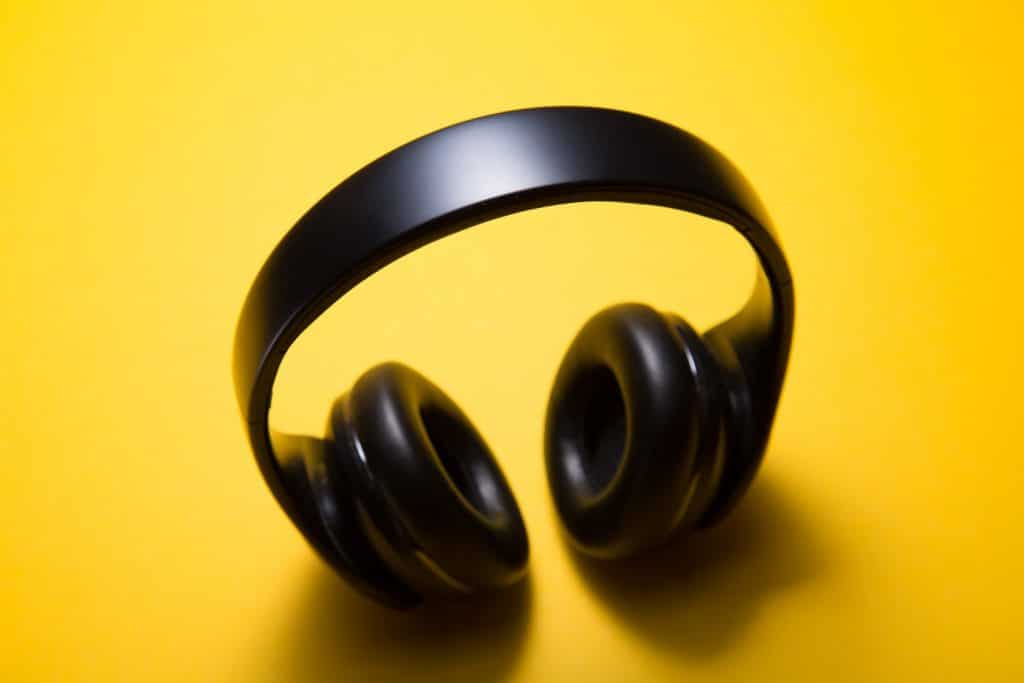Audio is half of the experience and can make or break your video.
In video making, audio is another opportunity to make choices that will help you tell your story. Audio includes everything we hear in a video — words, sound effects, and music.
Audio is half of the experience and can make or break your video. You can get away with slightly wobbly images, if you’ve got good and clear audio, but this doesn’t work the other way around.
When I’m making a video, I often spend more time capturing the audio than I spend on cinematography and lighting.
I ask myself, how should sound travel throughout the video? How are the pitch, speed, and volume of the dialogue contributing to my story? And how should the sound design make my audience feel?
Most cameras have a tiny microphone built-into them. If you want to make high quality video, you are going to need more than your smartphone’s tiny built-in microphone.
This is because built-in mics are omnidirectional, which means that they pick up sound from all around them. External microphone are way more effective in isolating sound.
External mics:

I recommend getting a wired lavalier microphone that you can clip on your subject’s shirt or blouse.
A lavalier mic is a small microphone that clips onto clothing. It has a small foam windscreen that fits over the end to help with breath noises and light breezes, if you are filming outside.
Clip your mic in the middle of your subject’s chest near the sternum and out of the camera’s view.
I also recommend that you capture reference sound with a shotgun on-camera microphone that sits in the hot shoe of the camera and plugs into the mic input.
Hot shoe mics have some clear advantages over built-in audio recording, because they are directional and will do a better job of recording whatever you’re pointing your camera at.
Another perk of external mics, is that they pick up less sound from you operating the camera and they will deliver significantly cleaner audio.
Noise Cancelling Headphones:

You also need a pair of noise canceling headphones to monitor the sound during recording, not music headphones that add extra base.
Headphones are the most important part of audio, because if you can’t hear it, there’s no point.
If you wouldn’t shoot without looking at your subject, then you shouldn’t record audio without listening to it.
There are many avoidable situations, where you thought that you were recording great audio only to realise that you have nothing when you start editing. So always monitor your audio.
Do you want to know more about video making? Read our article on how to create a powerful video here or watch our Pro Tips series “Interview Like a Boss”.

